We all should strive to make lifestyle changes that will be better for the environment. However, being eco friendly isn’t always as clear cut as it seems. Even the green option can come with an environmental cost. That’s not to say you shouldn’t go green, just be aware that almost everything we do takes a toll on the earth. As always, the less impact we can have on our only home, the better. From the kitchen to the backyard, here are the costs of popular household eco friendly options.
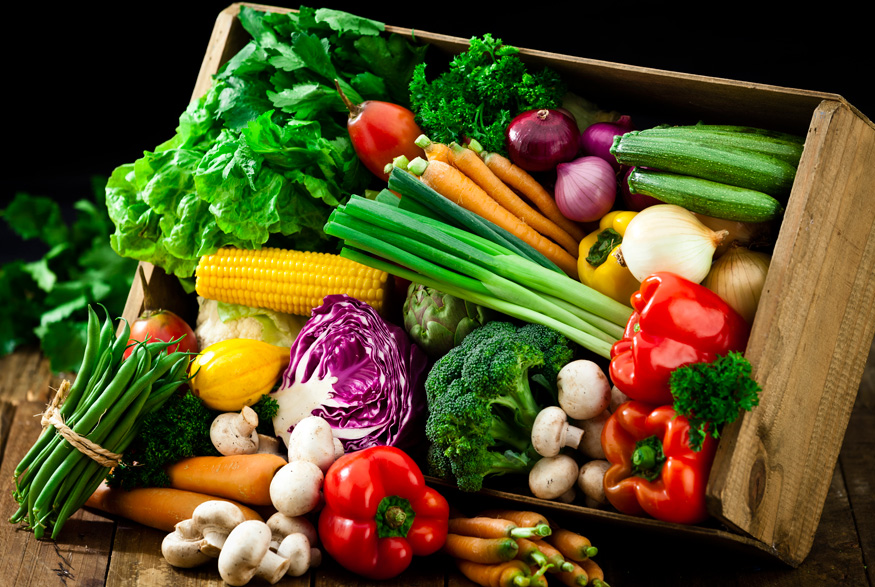
Organic Produce
Let’s start in the kitchen: Organic farming needs more land to produce the same amount of food as conventional farming, which means more ecosystems are destroyed to clear land for fields. In addition, organic produce often has to travel over long distances to get to your table, releasing more carbon emissions in the process. The more environmentally friendly choice is to buy local.
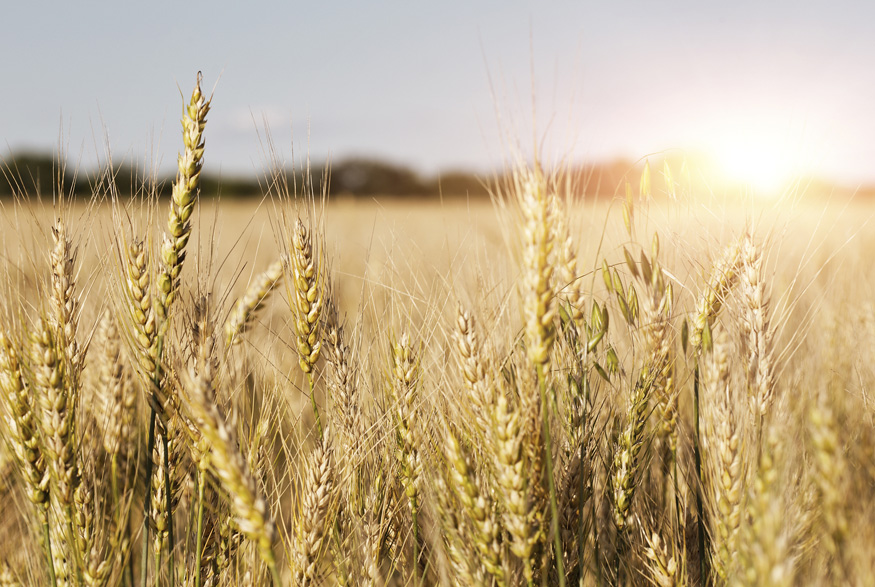
Non-GMO Foods
Genetically modified organisms sound scary but they’re not really that bad for the environment. Unlike GMOs, non-GMOs are less resistant to pests and diseases and need more pesticides and other chemicals. They’re also less drought resistant and use more water and other resources.
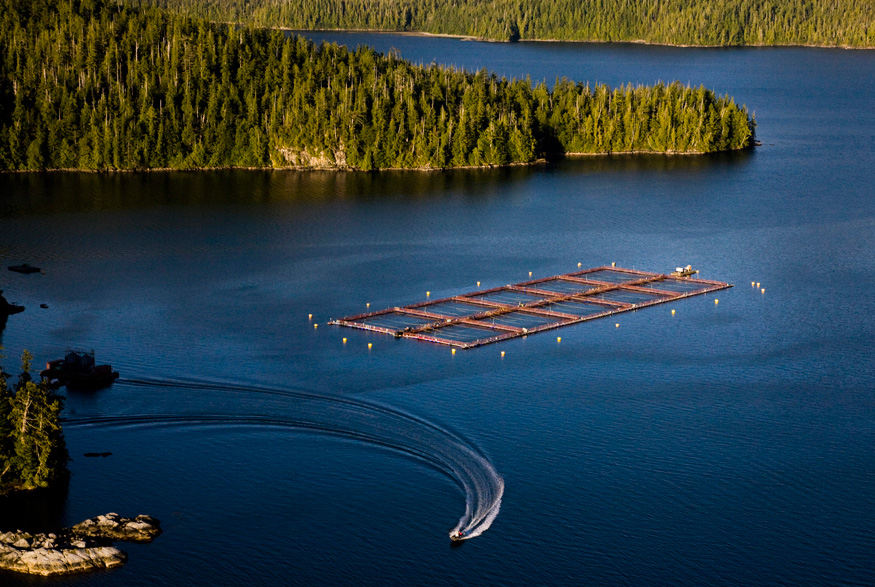
Farmed Fish
Farmed fish may sound like the solution to overfishing but aquaculture can actually speed up the decline of fish populations. As MindBodyGreen explains, fish farms are rife with toxins that damage local ecosystems. Some fish species are caught to the brink of extinction just to feed farmed fish and when farmed fish escape, they breed with wild fish and compromise the gene pool.
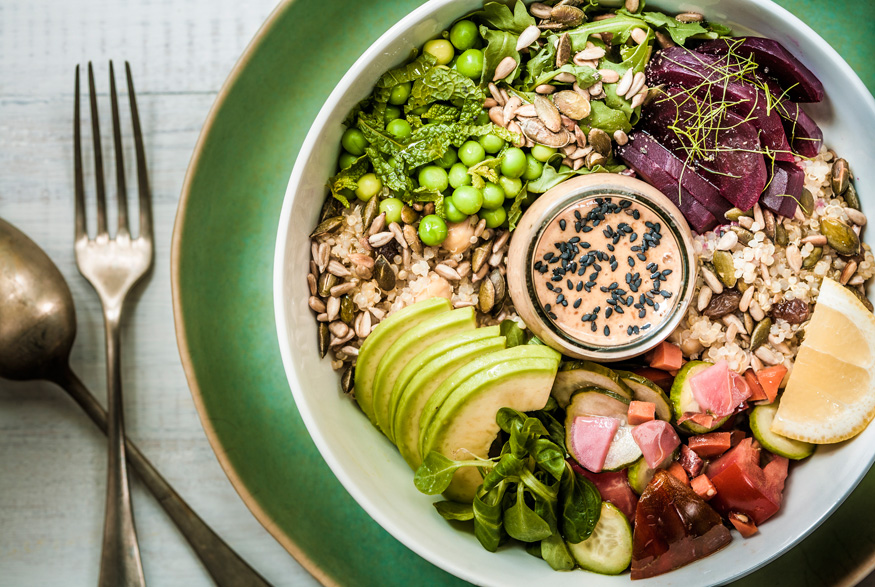
A Vegan Diet
Livestock production has a huge environmental impact, which is why more and more people go vegan. However, producing plant crops still causes environmental damage, from clearing land and destroying ecosystems to agricultural pollution. You also need to consider the greenhouse gas emissions involved in getting your quinoa from the other side of the world to your table. Buy local.
Need help going green? Check out these 9 genius product swaps for a less wasteful home.

Wood-Burning Fireplaces
Many living rooms feature a wood-burning fireplace. Just because they’re more natural than a gas or electric one doesn’t mean they’re greener. In fact, they cause more air pollution through soot and smoke. If you’re using an electric fireplace that runs on electricity that comes from solar or wind generation, you’re doing the environment a favour.
For 20 easy ways to make your home more energy efficient, check out these clever tips.
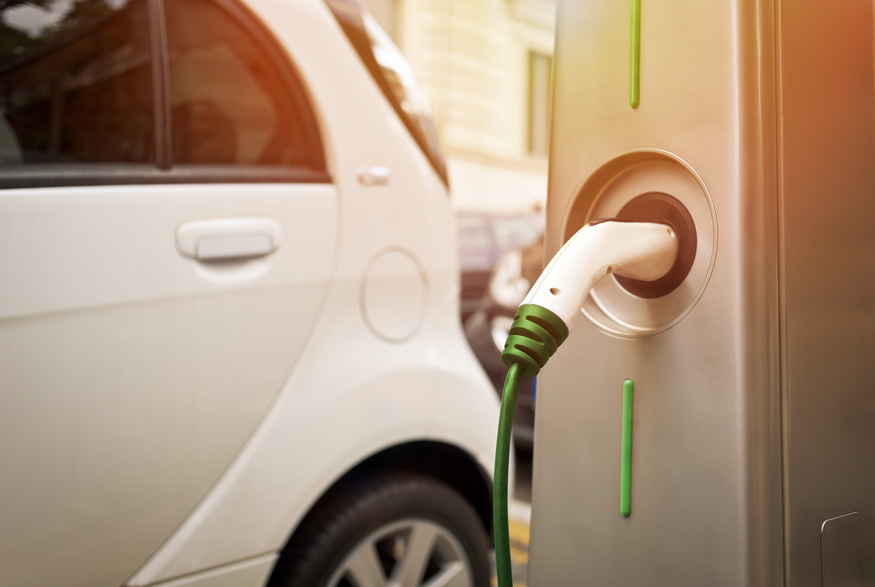
Hybrid Cars
Popping into the garage: Hybrid cars are responsible for less greenhouse gas and other emissions, according to The Guardian, but they’re still not the greenest transport option. Producing them actually involves more greenhouse gas emissions and how green they ultimately are depends on how the electricity they use is generated.

Ethanol Fuel
Ethanol fuel comes from renewable sources but growing the crops to produce it requires intensive agriculture, which uses lots of water and land. This leaves fewer resources for growing food.
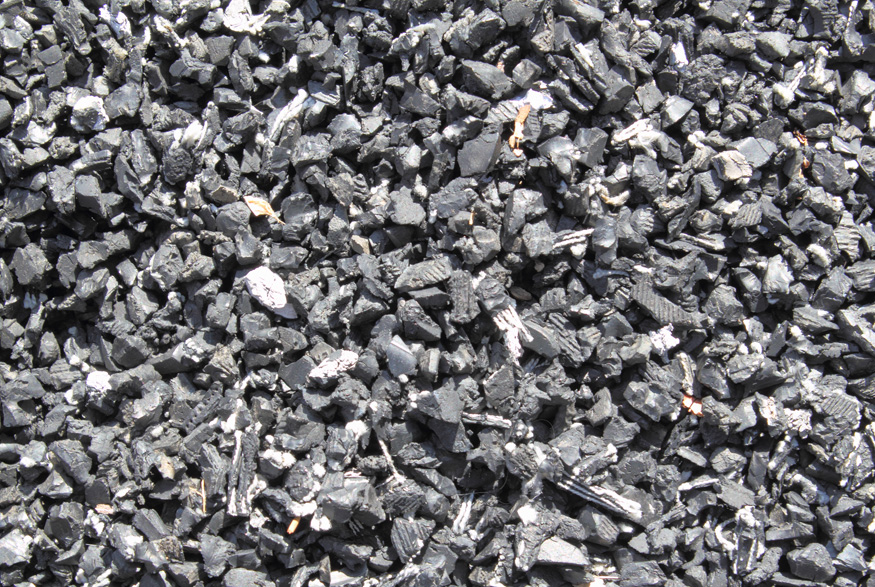
Rubber Mulch
Rubber mulch is popular in many backyards. Recycling old tires into mulch that can reduce moisture loss, fungi and weeds in the soil may sound like a great idea but rubber mulch can leach toxic chemicals into the ground. As EcoWatch points out, wood mulch is the better option, since it biodegrades safely. It also adds nutrients to the soil when it decomposes.

Natural Sea Sponges
There are several green options in the bathroom that still come with environmental costs.
Natural sea sponges have to be better for the environment than artificial ones made of polyurethane foam, right? It’s true that they’re biodegradable but they’re also harvested into near-extinction. This has a knock-on effect, since they’re the main food source for hawksbill sea turtles, a species which is endangered too.

Cloth Diapers
Having children increases your environmental impact. For example, cloth diapers are better than disposable ones but this doesn’t make them eco friendly. Producing them requires resources like water and energy, as well as chemicals. You can make them a greener option by adjusting the way you wash them: using a high-efficiency washing machine and hanging them out to dry.

E-readers
The electronics that fill your house aren’t very eco friendly, either. Take the e-reader. When you read a book on a device rather than in the original paper form, you may be saving some trees. However, producing an e-reader involves mining for non-renewable resources and causes more greenhouse gas emissions. Paper books also have an environmental impact but you can read greener by choosing second-hand books or joining a library.
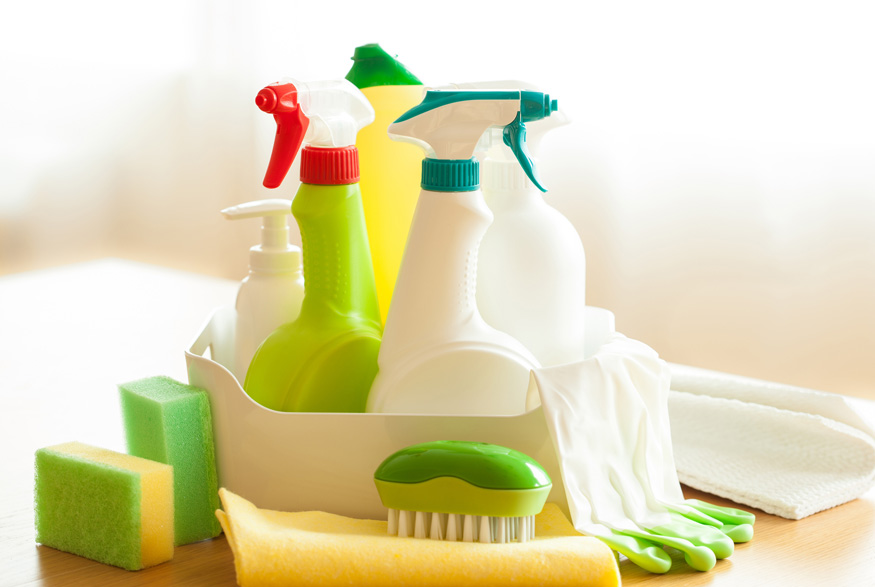
“Green” Cleaning Products
Many “green” cleaning products still contain toxins that are harmful to the environment and your health. Normally you also need to use more of the product to get the job done. Before you buy a “green” cleaning product, read the label and check the ingredients. You might be better off using common household items like vinegar, baking soda or lemons for cleaning.
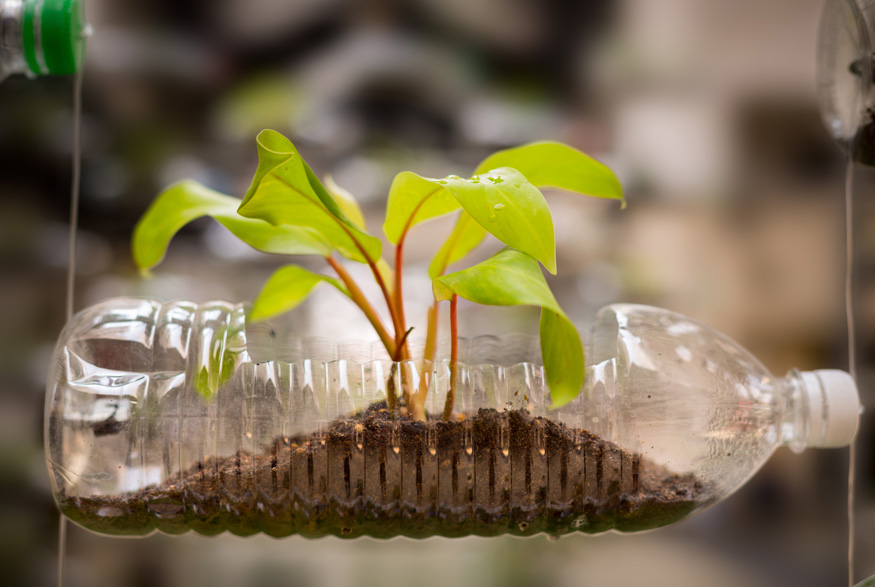
Recycling Plastic
And finally plastics and biodegradables: Recycling plastic is a better option than simply throwing away plastic products but the reality is that your recycling can end up in a landfill anyway. Besides, when plastic is recycled, it’s seldom used to make the same kind of product but instead, lots of resources go into making lower-grade products. Rather than putting your plastic in the recycling bin, reuse it. And don’t buy it unless absolutely necessary.
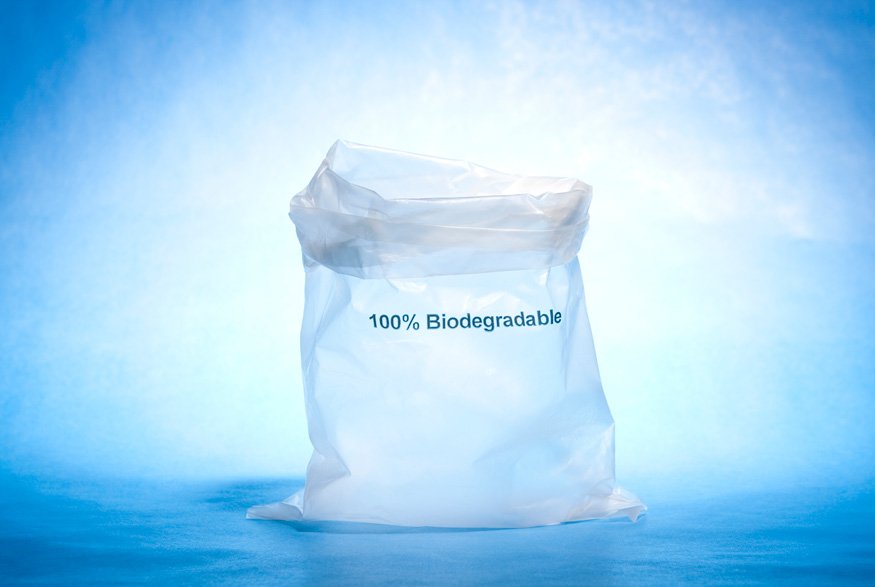
Biodegradable Plastics
According to Explain that Stuff, biodegradable plastics are made from petrochemicals but they contain additives that will make them decay faster. In the time it takes them to break down, however, they still present a hazard to wildlife and once they do degrade, they leave behind tiny particles and toxic residues. They also produce methane gas during the decaying process.
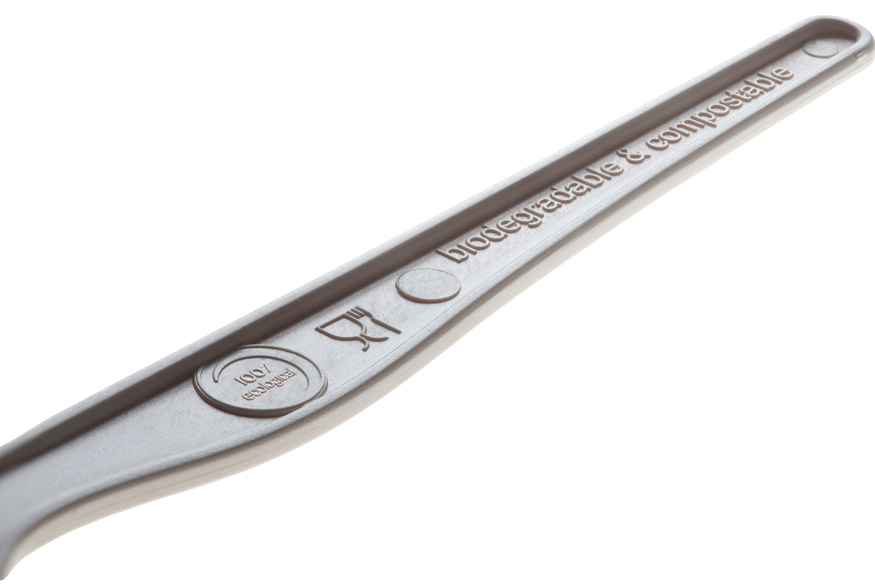
Bioplastics
Explain that Stuff says that unlike biodegradable plastics, bioplastics are usually made of natural materials like cornstarch. They still take time to decay, though, and aren’t easily recycled. Producing them requires intensive agriculture with all its associated environmental problems, on land that could have been used for growing food.
HGTV your inbox.
By clicking "SIGN UP” you agree to receive emails from HGTV and accept Corus' Terms of Use and Corus' Privacy Policy.





